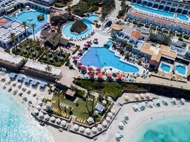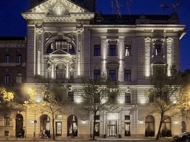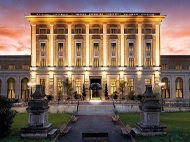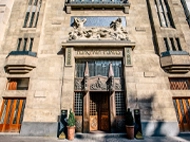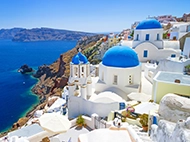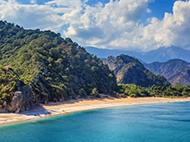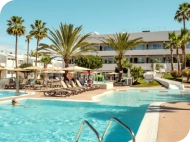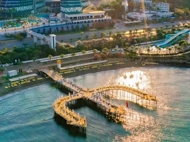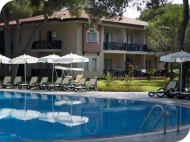
Sicily's Mount Etna Italy
Designated as a World Heritage Site in 2013 and dominating the landscape for thousands of years before that, Mount Etna is Sicily's most iconic natural wonder. Standing over 3,300m high, it's set in scenery that looks like something out of a science fiction film. Surrounded by obsidian sands, rocks and lazy plumes of smoke that curl up from the crater's mouth, evidence of the mountain's volcanic past (and present) are all around you. If you're looking to combine some outdoor activities with some of the most breathtaking panoramas in Italy, holidays to Sicily just wouldn't be complete without a trek up Mount Etna.
Meet Mount Etna
The mountain was formed over 35,000 years ago and since then has proved fairly reliable where eruptions are concerned. Current statistics indicate that it has erupted over 200 times since its first was recorded in 1500 BC, with its most recent outburst in 2016. However, despite its reputation for putting on a bit of a fireworks show every now and then, it's an incredibly safe volcano to visit. Because lava is released in an almost-continual stream, there's little or no build-up of gas, which reduces the likelihood of violent ”explosive' eruptions. Watching glowing lava stream from the volcano's mouth by the light of the moon is something that everyone should do at least once on their holidays to Sicily.
Mountain mythology
Given its size and power, it's no wonder that the mountain has found itself at the centre of various legends. Depending on which mythology you favour, Mount Etna has acted as home to Vulcan, the Roman god of fire, the monstrous cyclops Polyphemus from Greek tales, and the many-headed serpent Typhon. However, despite these previous mythological inhabitants, the mountain is now home to a variety of more peaceful residents such as porcupines, hedgehogs, mice and weasels. In addition, as you climb up the mountainside you'll find hidden crevasses and canyons almost overflowing with trees and undergrowth.
Trekking up the volcano
Part of the World Heritage protection provided by UNESCO includes two tourist zones and it's from these that you can begin your trek up the mountain. If you don't quite feel up to the hike, there is a cable car which will take you up to the highest accessible point. However, to get to the cable car, you'll need a lift in a 4x4, which can be hired from local tour operators. One of the main benefits of taking a 4x4, apart from it being able to deal with the challenging landscape better than you can on two legs, is that it's air conditioned. The atmosphere around the mountain can be quite dusty and hot, so a little air con luxury is a good idea.
The Etna funicular
A 4x4 will take you to Refuge Sapienza, from where you can catch the Etna Funicular. This cable car will take you over 2,500m in around 15 minutes. As you travel, you'll be able to see the channels cut by lava, old villages set deep into hardened magma below and the smoking mouth of the volcano above. At the other end, you can choose whether to go any higher in an all-terrain vehicle, or snap some photographs and catch the cable car back to your starting point.
Hiking to the top
If you want to get to the top of the volcano under your own steam, there are several routes you can take. There are guided treks from Refuge Sapienza, which is located on the southern slopes. If you're considering going on foot then you'll need a sturdy pair of walking shoes to cope with the rugged conditions, so leave the flip flops back at your hotel.
Our top tip: despite the sunshine and the heat from the crater, it's worth packing a thermal top as the air does get cold towards the top of Mount Etna. Gloves and a hat are also recommended. However, while you might be preparing to wrap up warm, don't forget that the sun is still very bright (and quite strong), so sunglasses are a must. Sun cream is always advisable too, as you're going to be out in the open, with little chance of shade. Water and food are essential, and don't forget to pop your camera in your backpack.
Coming back down
It shouldn't take much more than a couple of hours to reach the top. As you walk, you'll pass through lava fields and see jets of steam being vented through cracks in the solidified ground. Do be wary of the lava rocks, as many of these are very sharp. Once at the top, you can take a ”Unimog' to the crater's cone, or stop and soak up the spectacular views before making your way back down. Going back to Refuge Sapienza is a bit quicker than going up, particularly as the incline can make the ground a little slippy. Mount Etna is a must for any fans of the great outdoors on your holidays to Sicily, and is definitely on our bucket list of things to do in Italy.
More Things To Do ideas
Find more Things To Do on Sicily: Cavagrande Del Cassibile | Sicily | Valley Of Temples


